What is aquafarming?
Are you wondering where your seafood comes from? With wild fish populations under pressure, a new way of farming is stepping up to meet the demand. This is aquafarming.
Aquafarming, also known as aquaculture, is the controlled cultivation of aquatic organisms such as fish, crustaceans, mollusks, and aquatic plants. It's essentially farming in water, providing a sustainable alternative to catching fish from the wild.
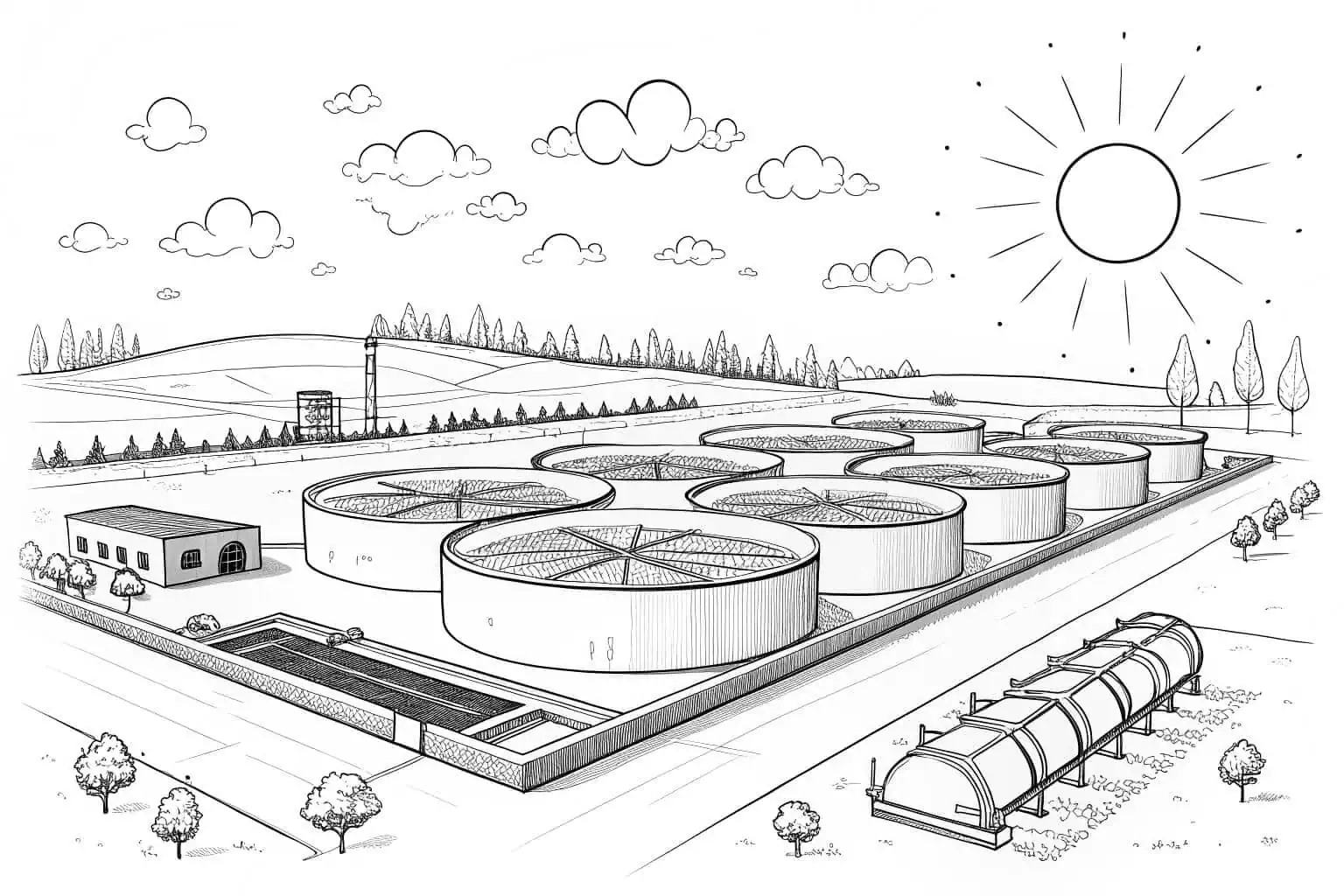
As someone deeply involved in this industry, I've seen its incredible potential firsthand. It's a field buzzing with innovation, aimed at feeding our planet sustainably. But it's not just about producing more food; it's about doing it responsibly. Let's dive deeper into what aquafarming really means and how it works.
What is the meaning of aquafarming?
The term "aquafarming" might sound complex, leaving you unsure about what it means for the fish on your plate. It’s actually a very straightforward concept we can easily break down.
In simple terms, aquafarming is the practice of raising aquatic life in a controlled environment. Unlike traditional fishing which harvests from natural habitats, aquafarming involves cultivating species in tanks, ponds, or ocean enclosures.
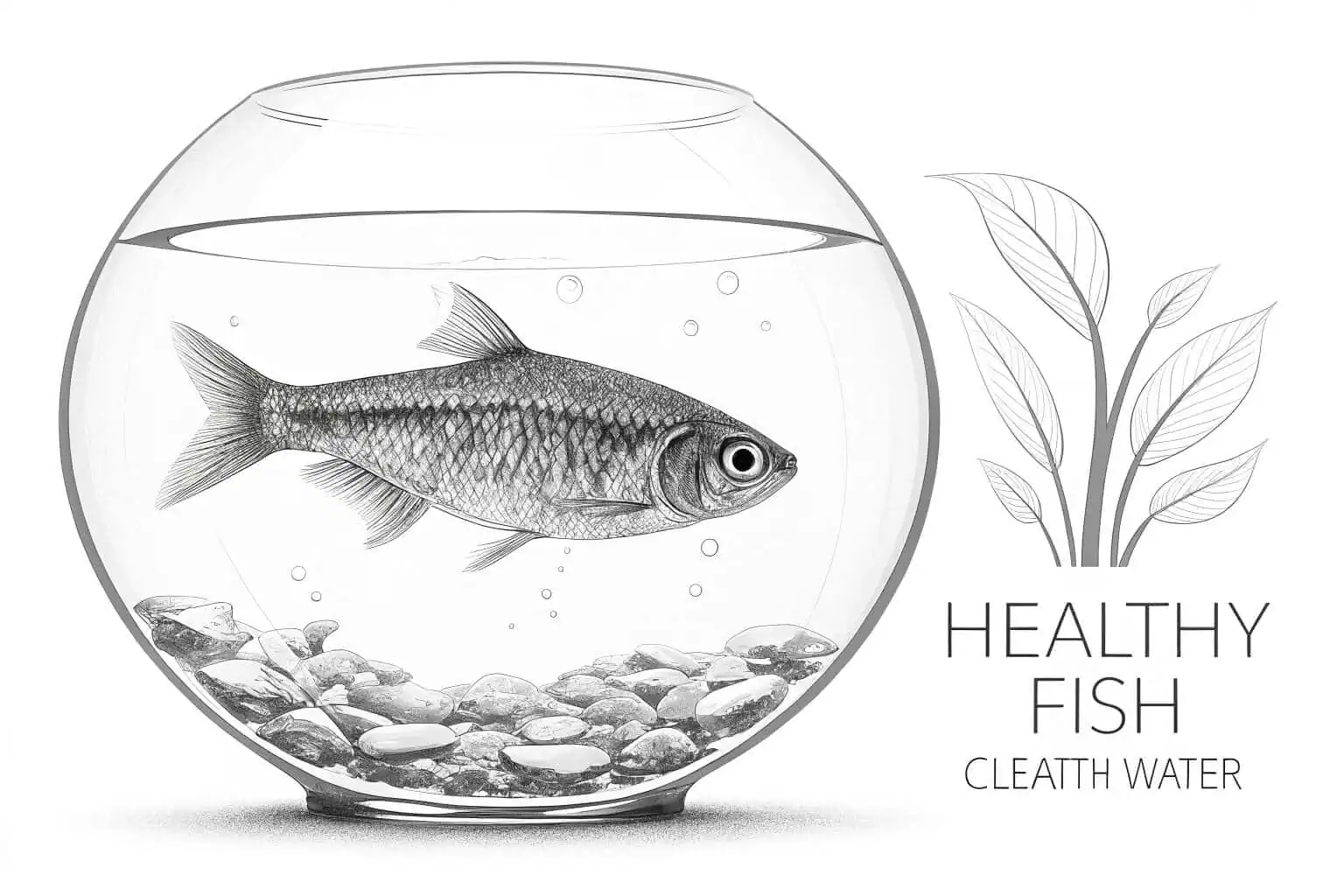
From my experience, thinking of it like traditional agriculture is helpful. Just as a farmer cultivates crops on land, an aquafarmer raises fish or other aquatic life in water. This control over the entire lifecycle, from hatching to harvesting, is what defines the practice. It allows for a more predictable and stable supply of seafood. The environments can vary greatly, from freshwater ponds for tilapia to saltwater pens for salmon. At Bancy, we contribute to this by creating highly durable and customizable equipment, like our galvanized pipe fish tanks1, which provide a reliable foundation for these farming operations. The goal is always to create the optimal conditions for the aquatic species to thrive, ensuring a healthy and high-quality product for consumers.
Types of Water Environments
Aquafarming isn't a one-size-fits-all industry. The type of water used is a fundamental distinction.
- Freshwater Aquafarming2: This takes place in rivers, lakes, and man-made ponds. Species like catfish, trout, and tilapia are commonly farmed this way.
- Saltwater (Marine) Aquafarming3: This occurs in oceans, estuaries, and coastal waters. It involves farming species like salmon, shrimp, and oysters, often in large net pens or enclosures.
Farmed Species Variety
The diversity of species in aquafarming is vast. It's not just about fish. The industry includes:
| Category | Examples |
|---|---|
| Fish | Salmon, Tuna, Cod, Tilapia, Catfish |
| Crustaceans4 | Shrimp, Prawns, Crayfish, Crabs |
| Mollusks | Oysters, Mussels, Clams, Scallops |
| Aquatic Plants5 | Seaweed, Kelp, Spirulina |
How does aquafarming work?
It's easy to picture a farm on land, but how does it work underwater? It's more than just a big tank; it's a carefully managed system designed for growth and sustainability.
The process involves setting up a suitable aquatic environment, like ponds or tanks, and then managing water quality, feeding the stock, and protecting against disease. Finally, the mature organisms are harvested for consumption.
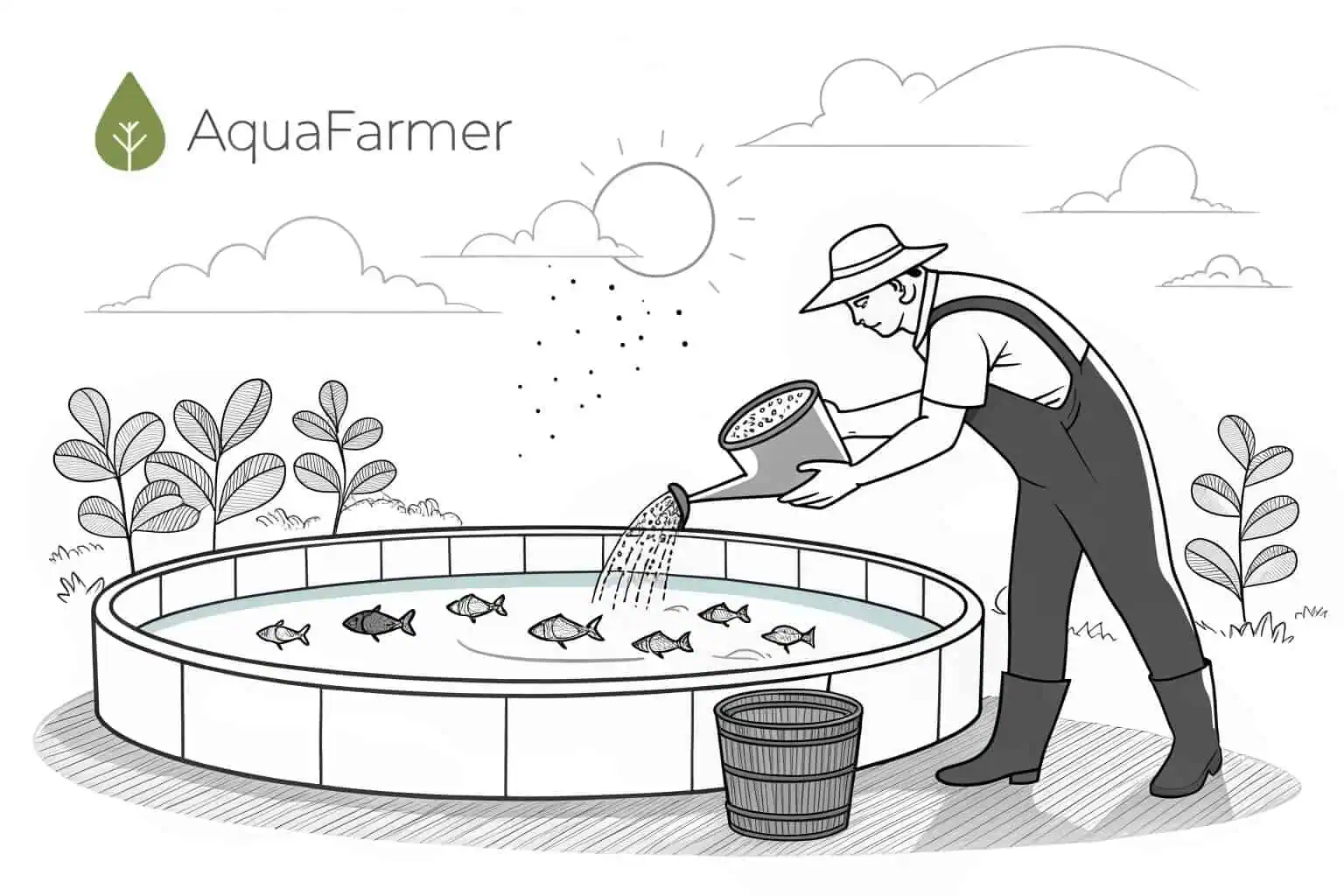
I've seen many farms in action, and the process always starts with a solid foundation. First, you need the right containment system6. This is where companies like mine, Bancy, come in. We provide everything from flexible, collapsible plastic fish tanks for smaller or temporary setups to robust galvanized sheet tanks for large-scale, permanent operations. Once the habitat is ready, the real work begins. Water quality is paramount; farmers constantly monitor parameters like oxygen levels, pH, and temperature. Feeding is a science in itself, with specific diets designed for each species' nutritional needs. Disease prevention is crucial, as outbreaks can be devastating in a dense population. It's a complex, hands-on job that requires both skill and the right technology to succeed.
Key Stages of Aquafarming
The operational flow of an aquafarm can be broken down into a few core stages.
- Site Selection & Setup: Choosing the right location and installing the appropriate systems (ponds, tanks, cages).
- Stocking7: Introducing juvenile fish or larvae (known as fry or fingerlings) into the prepared environment.
- Grow-Out Phase8: This is the longest phase, where the stock is fed and cared for until it reaches market size. Continuous monitoring is key here.
- Harvesting: Collecting the market-sized stock from the farm for processing and distribution.
Comparing Aquafarming Systems
Different methods are used depending on the species and scale.
| System Type | Description | Common Species |
|---|---|---|
| Ponds9 | Earthen ponds that are relatively simple and low-cost. | Catfish, Tilapia |
| Net Pens/Cages | Cages anchored in open water bodies like lakes or oceans. | Salmon, Tuna |
| Tanks/Raceways | Concrete or plastic tanks with flowing water, allowing for high density. | Trout, Shrimp |
| RAS (Recirculating)10 | Closed-loop systems that filter and reuse water, highly controlled. | Barramundi, Eel |
What is the meaning of an aquafarm?
We've discussed the process, but what does an actual aquafarm look like? Is it a natural pond, or is it a high-tech facility? The answer is, it can be both and everything in between.
An aquafarm is the physical site where aquaculture is practiced. It can range from simple, low-tech ponds to sophisticated indoor facilities that recycle water, all designed for cultivating aquatic life.
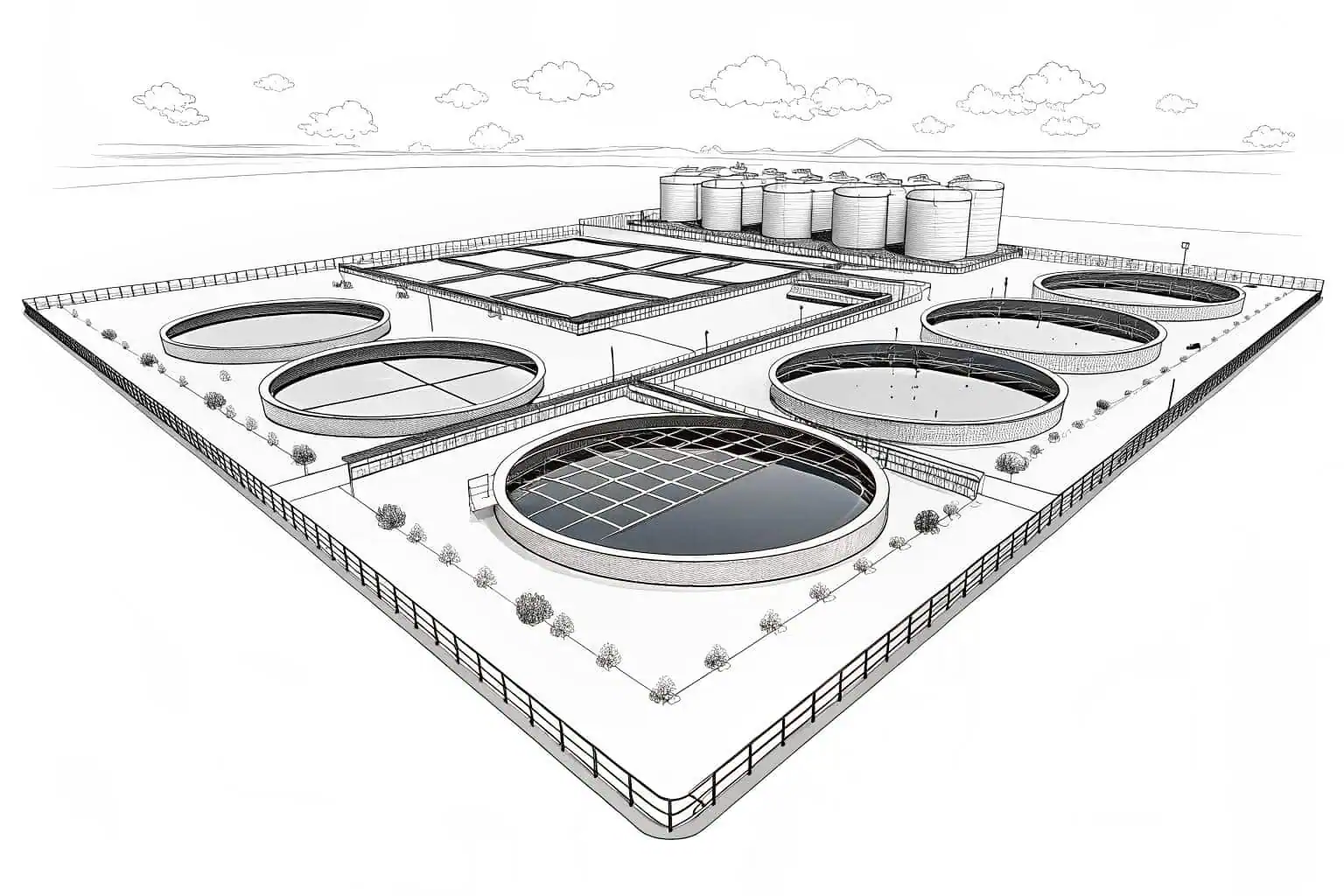
In my line of work, I've visited a huge variety of aquafarms. Some are sprawling outdoor complexes with dozens of earthen ponds that blend into the landscape. Others are compact, indoor vertical farms that look more like science labs, using advanced Recirculating Aquaculture Systems (RAS) to control every variable. The type of farm depends on the investment, the species being farmed, and the local environment. For instance, a small-scale farmer might start with one of our collapsible plastic fish tanks11because they are affordable and easy to set up. A larger, commercial enterprise might invest in a series of our galvanized sheet tanks, which are built for longevity and large volumes. Each type of farm has its own set of advantages and challenges, but the goal is always the same: to create a productive and healthy environment for aquatic life.
Types of Aquafarms
Aquafarms are generally categorized by their level of interaction with the surrounding environment.
- Open Systems: These farms, like ocean net pens, use natural water bodies. They have the benefit of natural water flow12 but pose a higher risk of escapes and interaction with wild populations.
- Semi-Closed Systems13: Ponds and raceways fall into this category. They offer more control than open systems but still discharge water into the environment.
- Closed Systems (RAS): These are typically land-based tanks that treat and recirculate water. They offer the most control and lowest environmental impact but are the most expensive to build and operate.
Pros and Cons of Different Farm Types
| Farm Type | Pros | Cons |
|---|---|---|
| Open | Lower infrastructure cost14, natural water flow | High risk of escapes, disease, and pollution |
| Semi-Closed | More control than open systems, moderate cost | Requires land, water discharge needs management |
| Closed (RAS) | High control15, low environmental impact, biosecure | High initial cost, energy-intensive, complex |
What are the cons of aquafarming?
Aquafarming seems like a perfect solution to a global problem, but like any major industry, it has its own set of challenges and drawbacks that we must address to ensure its future.
The primary disadvantages of aquafarming include its potential environmental impact, such as water pollution from fish waste, the risk of disease outbreaks, and the heavy use of resources like water and fishmeal.
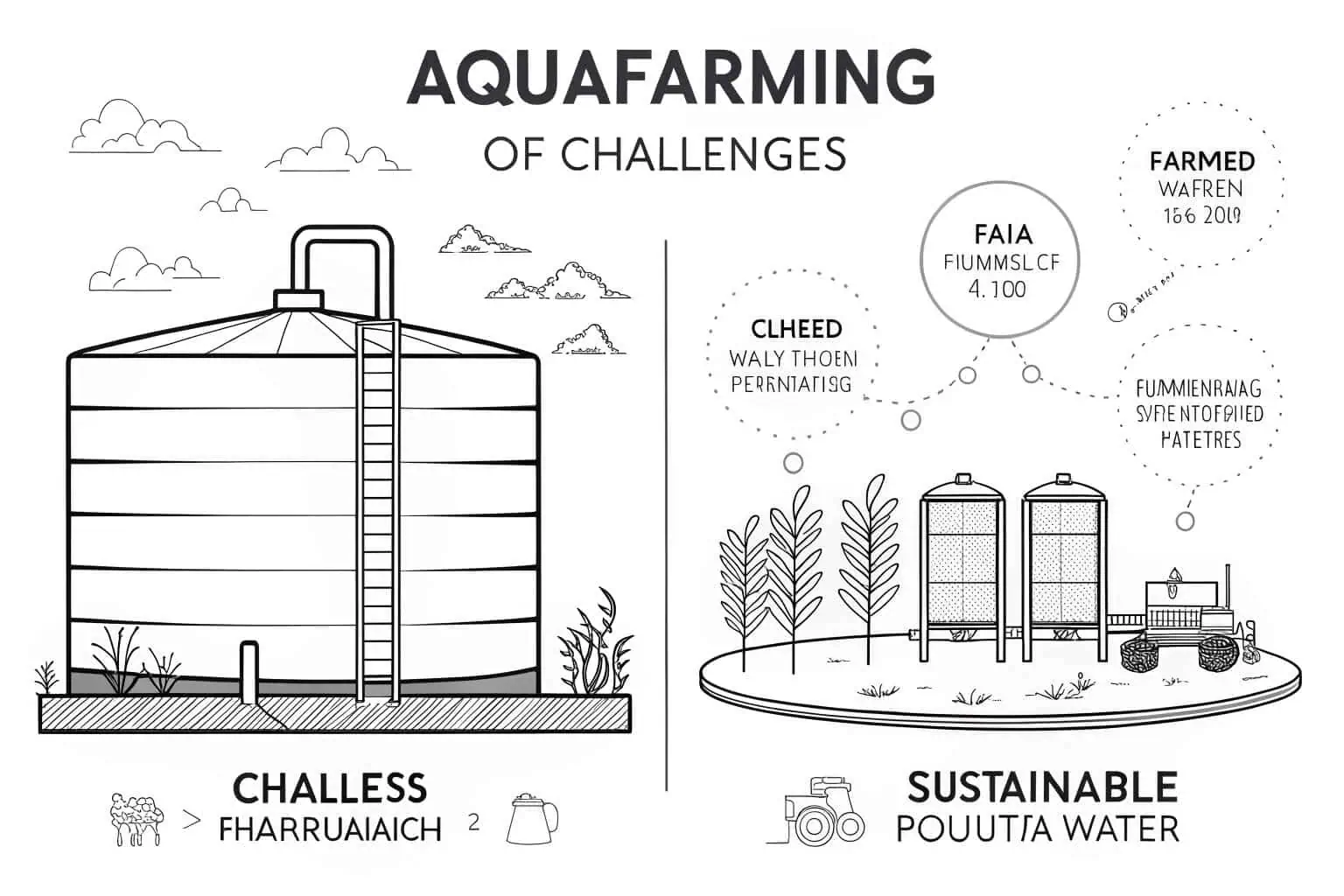
As an insider, I believe in being honest about the industry's hurdles. Water quality is a constant concern. Concentrated fish populations produce a lot of waste, which can pollute nearby water bodies if not managed properly. This is a problem we tackle directly at Bancy by using technologies like double-layer welding to create completely leak-proof tanks, ensuring full containment. Another major issue is the reliance on fishmeal and fish oil from wild-caught fish to feed farmed carnivorous species, which puts pressure on wild stocks. Furthermore, the high density of fish can unfortunately lead to the rapid spread of diseases, sometimes requiring the use of antibiotics. These are serious challenges, but they are also driving incredible innovation in feed development, water treatment, and farm management16 to make the industry more sustainable.
Key Challenges in Detail
Let's break down the main issues facing the industry.
- Waste Management: Fish waste and uneaten feed can degrade water quality and harm local ecosystems. Developing effective filtration and waste-treatment systems is critical.
- Feed Sustainability17: The 'fish in, fish out' ratio is a major sustainability metric. The industry is actively researching alternative protein sources like algae and insects to reduce reliance on wild fish.
- Disease Control18: Preventing and treating diseases without overusing chemicals or antibiotics is a top priority. This involves better biosecurity measures and developing vaccines.
Addressing the Challenges
| Challenge | Potential Solution |
|---|---|
| Water Pollution19 | Recirculating Aquaculture Systems (RAS), integrated multi-trophic aquaculture (IMTA) |
| Feed Sustainability20 | Algae-based feeds, insect protein, reducing fishmeal in diets |
| Disease Outbreaks | Improved biosecurity, vaccines, selective breeding for disease resistance |
| Habitat Damage | Careful site selection, land-based closed-containment systems |
Conclusion
Aquafarming is a vital, rapidly evolving industry. It holds the promise of feeding a growing population while easing pressure on our oceans, but it must grow responsibly, tackling its environmental challenges head-on.
-
Exploring the advantages of galvanized pipe fish tanks can help you learn about effective aquaculture equipment. ↩
-
Explore this link to understand the advantages of freshwater aquafarming, including sustainability and species diversity. ↩
-
Discover the environmental effects of marine aquafarming and learn about sustainable practices in this vital industry. ↩
-
Exploring this link will provide insights into the nutritional advantages of including crustaceans in your diet. ↩
-
This resource will help you understand the crucial role aquatic plants play in maintaining healthy aquatic ecosystems. ↩
-
Explore this link to understand the various containment systems available for aquaculture, ensuring a solid foundation for your farming operations. ↩
-
Understanding effective stocking methods is crucial for successful aquaculture, ensuring healthy growth and optimal yield. ↩
-
Exploring best practices during the grow-out phase can significantly enhance fish health and market readiness. ↩
-
Explore the advantages of earthen ponds in aquaculture, including cost-effectiveness and species suitability. ↩
-
Learn about RAS technology, its efficiency, and how it supports sustainable fish farming practices. ↩
-
Discover the advantages of collapsible plastic fish tanks for small-scale farmers looking for cost-effective solutions. ↩
-
Discover the significance of natural water flow in aquaculture and its effects on fish health and ecosystem balance. ↩
-
Exploring this resource will provide in-depth insights into the efficiency and environmental impact of Semi-Closed Systems. ↩
-
Understanding the advantages of lower infrastructure costs can help you optimize your farming operations and budget. ↩
-
Exploring the benefits of high control in farming can lead to improved yields and sustainability in your agricultural practices. ↩
-
Explore this link to discover innovative farm management strategies that enhance sustainability in aquaculture. ↩
-
Explore this link to discover innovative practices and research that enhance sustainability in fish feed, crucial for a healthier ecosystem. ↩
-
This resource provides insights into effective disease management strategies that prioritize health and sustainability in fish farming. ↩
-
Explore innovative solutions to combat water pollution in aquaculture, ensuring sustainable practices. ↩
-
Learn how algae-based feeds can enhance sustainability in aquaculture, reducing environmental impact. ↩